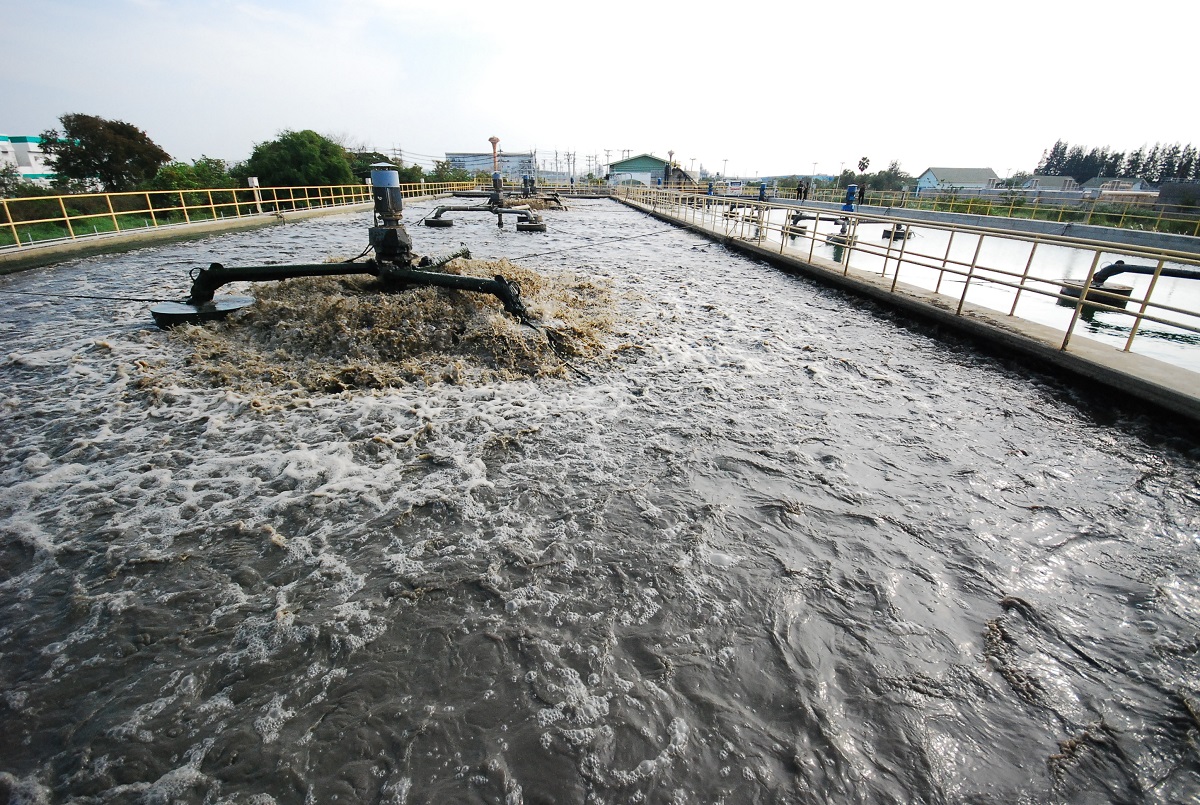Heavy industries will always be large contributors to hazardous waste; in fact, the metal and water industries account for almost 40% of hazardous wastes in the country. The Environmental Protection Agency, or EPA, defines hazardous wastes as anything that is “potentially harmful to human health and the environment,” and while it’s detrimental to everyone involved, the creation of hazardous waste is inevitable.
Because of the waste produced by these industries, it’s important to know exactly what kind of hazardous materials they produce, so that they can be disposed of safely.
Metal Production Industry
Whether it’s steel producers, iron makers, or steel fabricators, the metal production industry creates hazardous materials on a regular basis. One of the most toxic materials produced by the metal production industry comes from coke ovens. These ovens regularly emit high levels of sulfur, inorganic arsenic, ammonium compounds, and coke dust. Cadmium is another hazardous by-product of metal production and is probably the most toxic.
The fluids produced by metal working are also highly hazardous, specifically ethylene oxide and toluene. Toluene is especially worrying because of its effects on humans: upon exposure (usually through breathing or swallowing), toluene poisoning starts to take effect almost instantly and can lead to cracked skin, dizziness, confusion, irritation of the eyes and throat, and if swallowed, can lead to severe liver and kidney damage.
For metal workers, hexavalent chromium (also known as chromium VI) is the primary health hazard they contend with on a daily basis. Chromium VI is extremely toxic and is a by-product of common metalworking processes like torch-cutting, welding, soldering, brazing, and other processes that require high heat. Workers (even those who are equipped with safety gear) who are constantly around chromium VI are at significantly higher risks of developing occupational asthma, pulmonary congestion, and even liver damage, than workers who rotate out of handling materials that create the chemical.

Hazardous Waste in Produced Water
Hydraulic fracking, which is the process of injecting water, sand, and other chemicals into bedrock, is one of the most common fracking methods used in the country. Unfortunately, it’s also a process that creates a toxic by-product –referred to as “produced water” –that contains a deadly cocktail of hazardous chemicals.
Produced water, apart from having hazardous chemicals like xylene and benzene, can also contain Naturally Occurring Radioactive Materials (known as NORM). Produced water that contain NORM usually have higher-than-average concentrations of radium and is a potential threat to both humans and the environment if not disposed of properly.
Of course, it’s not all doom and gloom: while unavoidable, there are plenty of ways to dispose of dangerous industrial by-products. For example, in Utah, there are plenty of hazmat transportation services which can safely collect, transport, and dispose of hazardous waste safely, efficiently, and in accordance with state laws. The EPA is also busy constantly setting and updating best practices for industries to follow. These practices are designed to significantly minimize the hazardous materials that industries produce; barring minimization, the EPA also sets guidelines in the safe and efficient disposal of hazardous waste.







